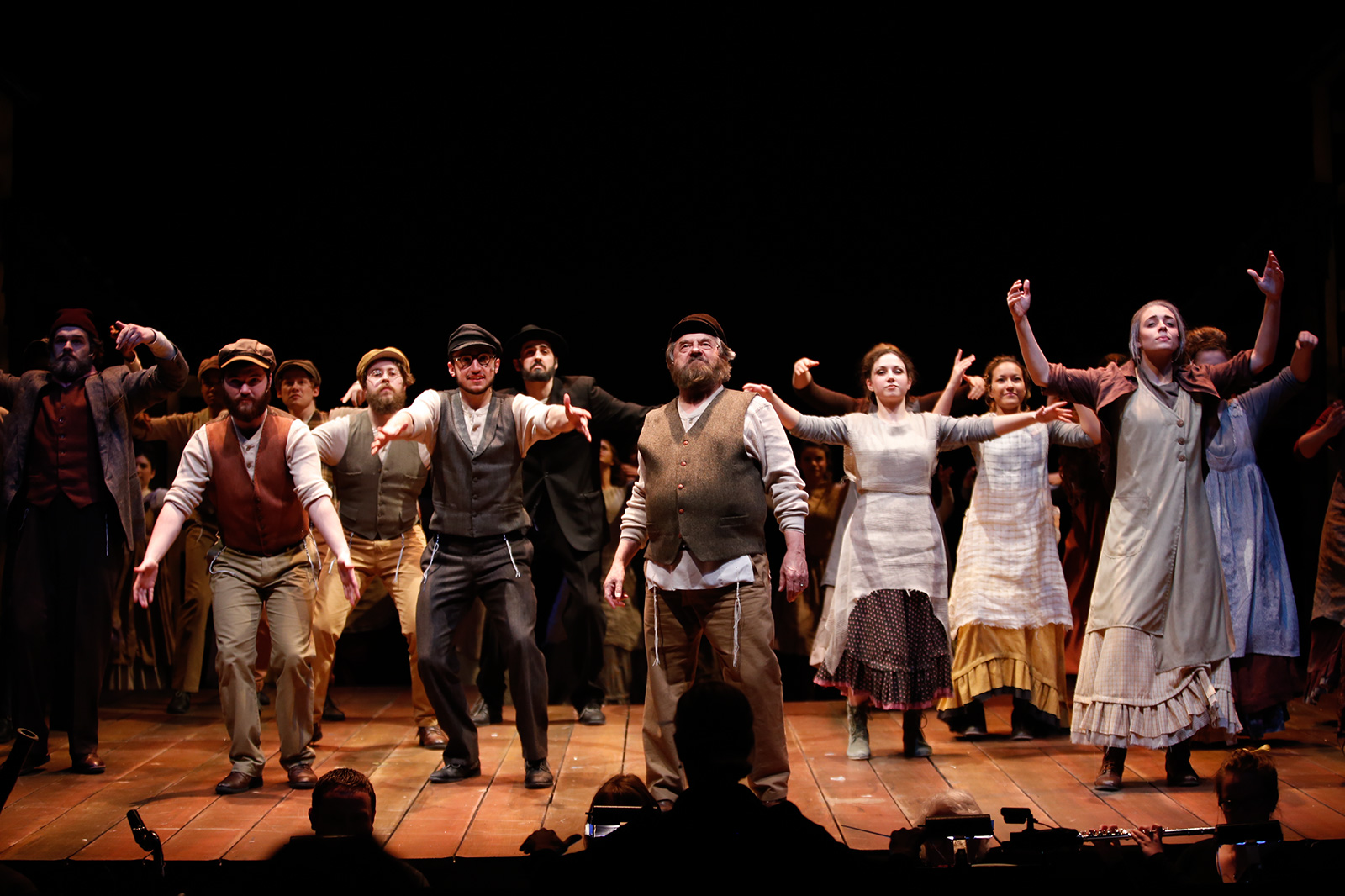I took two Uber rides today while I was in Washington, D.C. for a conference. It seems obvious that the Uber model of transportation is superior to traditional taxi service. Think about process. With Uber, I make my location, destination, even my identity known to the service provider, whose name and mug I know, not by raising my hand or whistling, but by raising my “ethereal” hand, which is much bigger and can be seen at a greater distance. The transaction happens before the service provider even gets to me. There’s no uncertainty, quibbling, and I don’t need my wallet – only my smartphone. During the trip, I know exactly how long it will take, where we are, and the shortest route. If we pickup someone along the way (for a reduced fee), I know their names as well.
None of these features, which add value to the service, are provided by traditional taxi services. Uber has more value added features, is more efficient, and is cheaper in most cases. In fact, I can only find two problems with Uber and both of them are the result of people. First, the human drivers for Uber want to unionize. Seattle is leading the way in Chamber of Commerce v. City of Seattle in which the city states it wants to, “…be a ‘laboratory’ for testing innovative policy responses to the problems created by new technologies and the changing economy.” So they want to be innovative by boosting costs (i.e., making them less competitive with their traditional taxi counterparts), regulating the industry, and making it more like the traditional model. Hmm. Second, the press has given lots of play to recent Uber autonomous vehicle crashes, in my opinion, to discredit autonomous vehicles which Uber supports and wants to implement in the future. Both of these issues stem from humans wanting to keep in place the old way of doing things. In Uber, we see a perfect example of technology disruption. In essence, technology disrupts while people, processes, and policies resist change.
We see the same thing in higher education when technology creates disruption to the traditional processes of education favored by those that want to hold on to the old ways. During one of my sessions today, I threw out a statement the group: “The primary reason to get an undergraduate degree is to get a better job.” While many of the people around the table agreed with me, several balked, asking where the “liberal arts” education fit in. It seemed that they wanted to unionize.
Don’t get me wrong. I believe in a “classical” liberal arts education because it teaches literacy, logic, critical thought, and a host of other skills that are useful (and also happen to be valued by employers). But, as I’ve commented in a previous post, in the future we can’t get away with defining the benefits of a classical education in traditional terms. Our users want more useful features. We must redefine our curricula by what skills a student masters, not how well they perform on the curve. We must adapt to the disruptive trends we see in higher education – competency-based education, cheaper delivery, convenience to the student, micro-certified, and based upon the skills that employers want.
How can we deliver education like Uber delivers transportation? If we don’t, we will find ourselves driving empty taxis, waiting for students to whistle.
